More than 35% of Ukrainians consume news from the Public Broadcaster every week, and 80% trust it.
This was emphasized by the Chairperson of the State Committee for Television and Radio Broadcasting, Oleh Nalyvaiko, delivering a report titled Reformed Media in Wartime (using the example of the Public Broadcaster and local print media) during the International Scientific and Practical Conference called Current Problems of Modern Journalism: From Theory to Practice, from Traditional to New Media.
Oleh Nalyvaiko noted that the creation of the Public Broadcaster and the reform of print media were Ukraine’s obligations to the Council of Europe on our country’s European integration path.
“Media reforms were successfully implemented after the Revolution of Dignity. During a full-scale invasion, it is the reformed media that reliably protect the country’s information space,” Oleh Nalyvaiko emphasized.
According to him, 4.6 million unique users of the Public Media website are recorded every month, and 110 million monthly views on YouTube. In the first half of 2025, 1,221 video materials were distributed within the framework of cooperation with the European Broadcasting Union. A total of 2,400 materials were transferred to the Prosecutor General’s Office with facts of war crimes of the aggressor country in Ukraine.
“Printed publications have also become a reliable outpost of information protection in front-line regions,” Oleh Nalyvaiko noted.
“Although the general trend with local publications is very alarming. If in 2020 there were 2,469 local publications, now there are fewer than 1,000. This area requires targeted state support, as has been implemented in European countries,” said the head of the State Committee for Television and Radio.
The conference was held at the Ivan Franko National University of Lviv in plenary session format. Representatives from cities across Ukraine, including Kyiv, Sumy, Rivne, Uzhhorod, Zhytomyr, Kamiyanets-Podilskyi, Poltava, Dnipro, Kharkiv, Ternopil, Mykolayiv, Vinnytsia, and Lutsk, as well as scientists from Poland, the United States, Serbia, and Turkiye, took part in the conference.
Oleh Nalyvaiko recalled that the Faculty of Journalism of Lviv University is his alma mater and noted that he made many important decisions in his life within its walls.
“I enter this corridor when I need to make one or another decision. I was in this corridor when, with a group of like-minded people, I took responsibility for creating the Suspilne,” said Oleh Nalyvaiko.
The conference was dedicated to the 95th anniversary of the birth of Honored Professor / Dean of the Faculty of Journalism of Lviv University, Volodymyr Zdoroveha, whom Oleh Nalyvaiko called his “first teacher and first mentor in the profession”.
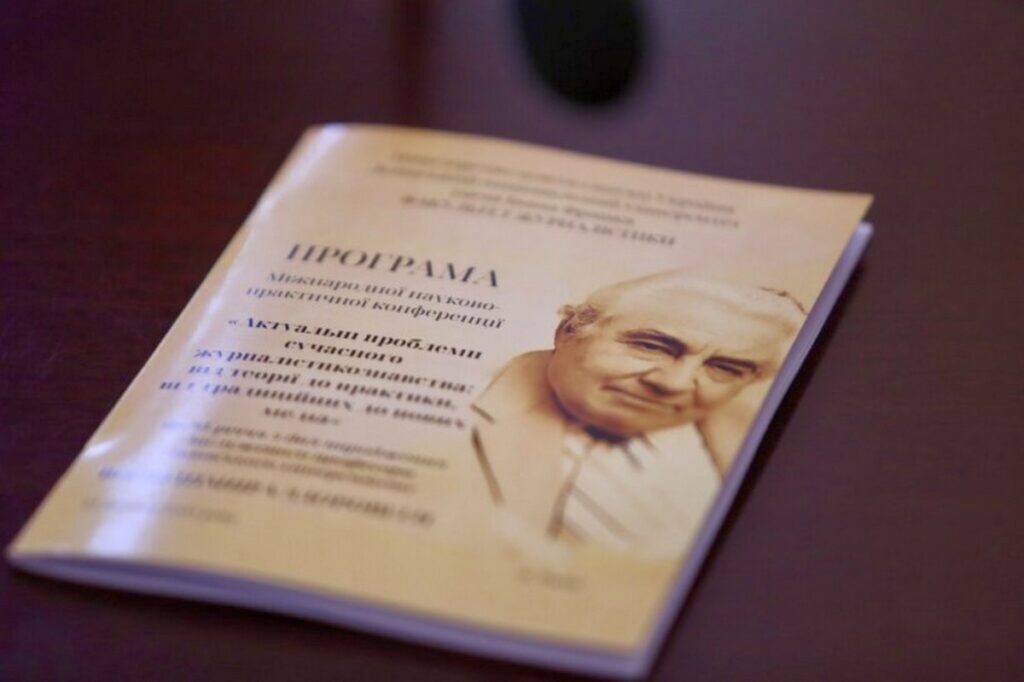
Volodymyr Zdoroveha is one of the founders of the Ukrainian school of journalism theory, a famous literary critic, publicist, and author of books on journalism theory and literature. He graduated from Lviv University (1953). From 1956, he worked there: Dean of the Faculty of Journalism (1959–62, 1987–96), Head of the Department of Theory and Practice of Journalism (1987–98), Professor (1973–2006).
As noted at the opening ceremony of the scientific conference by the Dean of the Faculty of Journalism of Lviv National University, Mariyan Lozynskyi, back in 2000, Volodymyr Zdoroveha emphasized in an interview with the Den newspaper: Freedom of Speech is Not Needed by Journalists, It is Needed by Society. Also, regarding the future of Ukrainian journalism, Volodymyr Zdoroveha predicted that society would need “broad and reliable information, which is the basis of the foundations.” Both of these theses form the basis of the concept of modern standards for training future journalists at Lviv University.

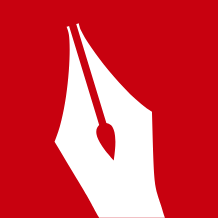 THE NATIONAL UNION OF
JOURNALISTS OF UKRAINE
THE NATIONAL UNION OF
JOURNALISTS OF UKRAINE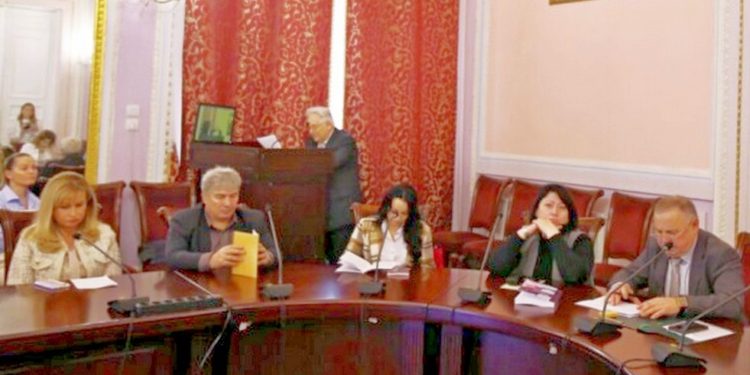
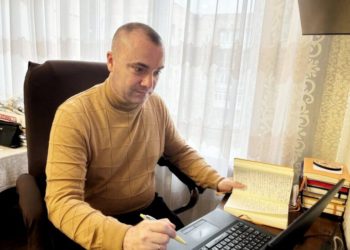

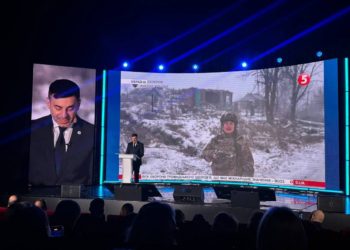
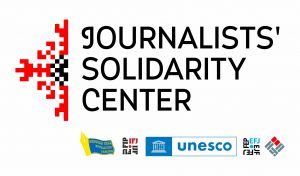
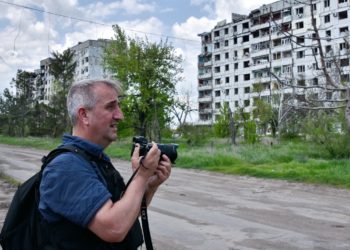






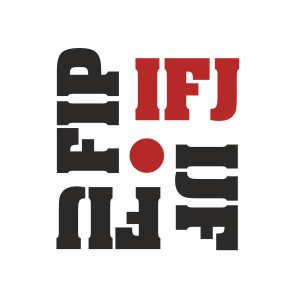
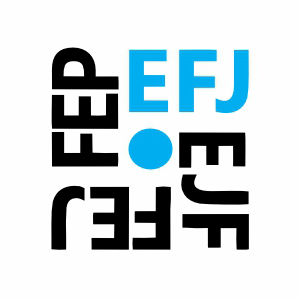


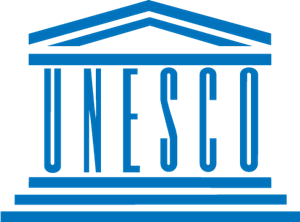
Discussion about this post